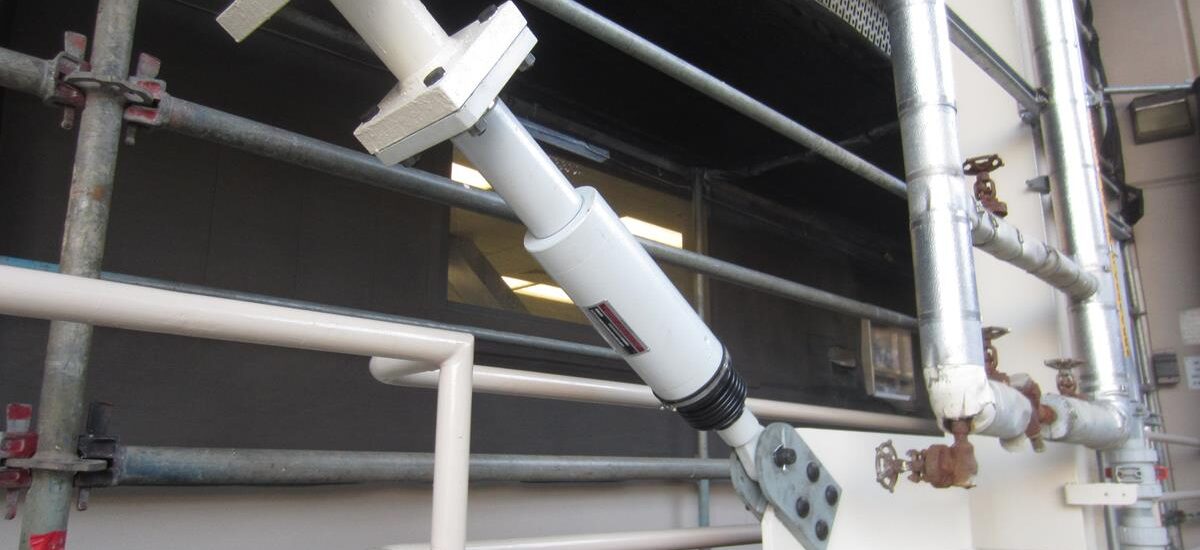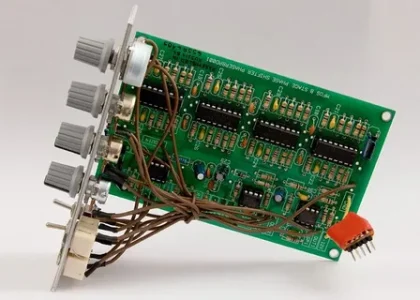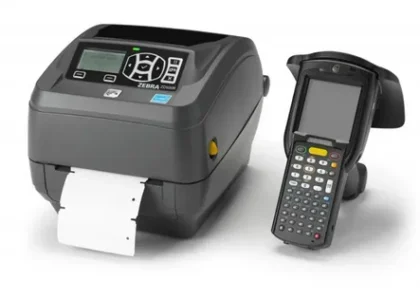The Seismic Protection Device Market report, unveiled by Future Market Insights—an ESOMAR Certified Market Research and Consulting Firm—presents invaluable insights and meticulous analysis of the Seismic Protection Device market. Encompassing the research’s scope and essence, this report scrupulously examines the driving factors, market size, and predictive data for Seismic Protection Device. It furnishes intricate revenue and shipment segmentations, accompanied by a decade-long projection up to 2033. Additionally, the document evaluates key industry players, their market distribution, the competitive scenario, and regional perspectives.
Explore Market Trends: Evaluate Market Potential with Our Extensive Market Overview – Request Our Sample Now
https://www.futuremarketinsights.com/reports/sample/rep-gb-17329
The seismic protection devices market is currently experiencing a significant integration of advanced technologies and Internet of Things (IoT) capabilities. Manufacturers are now offering users a range of features including real-time monitoring, data analysis, and remote control, thus enabling the deployment of more efficient earthquake protection systems.
Innovative materials are also gaining traction in earthquake protection systems, with a notable shift towards materials such as shape memory alloys, fiber-reinforced composites, and high-performance damping materials. These materials offer enhanced performance, durability, and flexibility compared to conventional options.
There is a growing emphasis on retrofitting seismic protection systems into existing structures to enhance their resilience against seismic events. This approach allows for the reinforcement of infrastructures without the need for complete reconstruction, addressing the increasing need for seismic safety in various nations.
Proactive and resilient infrastructure planning, which integrates earthquake protection measures from the initial stages of design and construction, is becoming increasingly prevalent. This strategic approach involves the incorporation of seismic safety protocols into the entire infrastructure development process.
Suppliers are now providing comprehensive support services, including architectural design, construction expertise, and urban planning, to meet the evolving needs of clients. This holistic approach not only contributes to client retention but also ensures greater client satisfaction.
The integration of structural health monitoring systems with seismic protection equipment is enhancing the safety and reliability of structures by providing real-time insights into their structural integrity. This integration facilitates predictive maintenance and early detection of potential issues, thus improving overall safety standards.
Moreover, there is a growing demand for environmentally friendly and energy-efficient seismic protection solutions that minimize their ecological footprint while meeting performance and safety standards. This shift towards sustainability reflects an industry-wide commitment to environmental responsibility and long-term sustainability.
Key Takeaways:
- In 2022, the two leading regions in the global seismic protection device market maintained a consistent market share of approximately 57.3%.
- The global seismic protection device industry is forecasted to experience a Compound Annual Growth Rate (CAGR) of 3.8% during the assessment period from 2023 to 2033.
- Within the product category, dampers are expected to maintain their dominant position, surpassing US$ 1345.3 million in revenue by the year 2033.
- Notably, key participants in the seismic protection device industry collectively hold a substantial market share, accounting for approximately 50% to 55% of the total market.
- In terms of application, the commercial segment is anticipated to maintain a significant market share, estimated at around 35% in the year 2023.
“High seismicity areas have historically been concerned with seismic protection. However, there is a rising level of awareness and market expansion in earthquake-prone emerging areas. Necessity of making investments in seismic protection measures to guarantee the security of their infrastructure is being acknowledged by governments and organizations in these areas.” – says a lead analyst Future Market Insights (FMI)
Competitive Landscape:
Establishing robust customer relationships and delivering exceptional customer service are pivotal elements for achieving success within the industry. Companies that offer comprehensive support, encompassing engineering proficiency, adept project management, and unwavering maintenance services, can distinguish themselves distinctly from their competitors. The cultivation of resilient customer relationships and the cultivation of a reputation characterized by dependability and rapid responsiveness can culminate in recurring business engagements and valuable referrals.
The competitive landscape is not uniform and exhibits variations across different regions. Companies holding a prominent presence in seismically active areas such as Japan, the United States, and New Zealand may inherently possess a competitive edge. This advantage is primarily attributable to their geographical proximity and extensive experience in mitigating the distinctive challenges posed by local seismic conditions. Moreover, the competitive dynamics within specific regions are notably influenced by the prevailing local regulations and building codes in force.
For instance,
- Sumitomo Metal Mining Siporex Co., Ltd, a company established in Japan, manufactures and sells equipment for controlling seismic vibration and isolation. SIPORIT, a seismic isolation system for buildings, and SICUBE, a seismic isolation system for bridges, are among the company’s offerings. In order to help clients, the corporation maintains a number of sales centers strategically positioned across the United States.
Find More Valuable Insights:
The research report presents a comprehensive analysis of the global seismic protection device market, focusing on demand dynamics and emerging trends. Market estimations and growth projections are meticulously derived, considering key factors such as the evolution of end-use industries, the impact of the COVID-19 crisis, replacement patterns, and the pace of urbanization.
According to insights from Future Market Insights (FMI), the seismic protection device sector is thoroughly examined and segmented based on product types (including dampers, seismic joints, and isolators), applications (spanning industrial, commercial, and infrastructure sectors), and geographical regions. The report offers both qualitative and quantitative insights into the competitive landscape, profiling various stakeholders within the market. Furthermore, the report diligently tracks the interplay between supply and demand dynamics, providing a holistic understanding of market trends and dynamics.
Unlock the Doors to Expertise: Dive Deeper into Your Market Realm by Buying Now, Acquiring Our Thoughtfully Crafted Comprehensive Report Encompassing Every Facet of the Landscape
https://www.futuremarketinsights.com/checkout/17329
Key Segments:
By Product Type:
- Dampers
- Fluid Dampers
- Silicon/Friction Dampers
- Steel Hysteresis Dampers (SHD)
- Seismic Joints
- Flexible Joints
- Expansion Joints
- Isolators
- Base Plate Isolator
- Elastomeric Isolators
- Natural Rubber (NRB)
- Lead Rubber (LRB)
- Tin Rubber (TRB)
- High Damping (HDR)
- Screw Down Non-return Globe Valves (SDNR)
- Slider
- ESL
- SL
- CSL
- SLR
By Application:
- Industrial
- Exploration and Refineries
- Aviation
- Power Generation
- Others
- Commercial
- Hotels
- Data Storage Centers
- Healthcare Institute
- Fire Response
- Offices
- Infrastructure
- Bridges
- Residential High Rise Building
- Others
By Region:
- North America
- Latin America
- Western Europe
- Eastern Europe
- Russia & Belarus
- Balkan & Baltic Countries
- Central Asia
- South Asia and the Pacific
- East Asia
- Middle East & Africa
About Us
Future Market Insights, Inc. (ESOMAR certified, Stevie Award – recipient market research organization and a member of Greater New York Chamber of Commerce) provides in-depth insights into governing factors elevating the demand in the market. It discloses opportunities that will favour the market growth in various segments on the basis of Source, Application, Sales Channel and End Use over the next 10-years.
Contact:
Future Market Insights Inc.
Christiana Corporate,
200 Continental Drive,
Suite 401, Newark,
Delaware – 19713, USA
T: +1-845-579-5705
For Sales Enquiries: sales@futuremarketinsights.com






